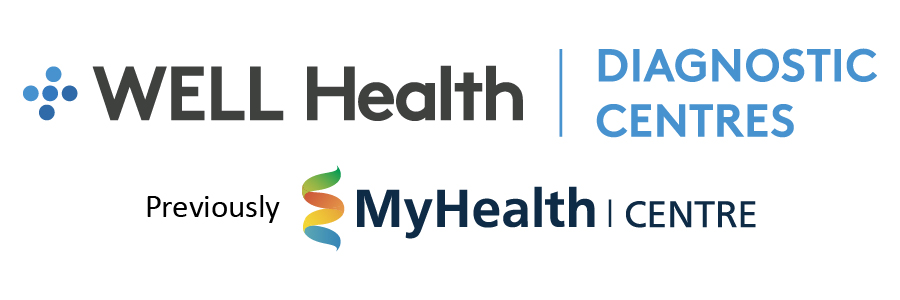A bone scan is a nuclear imaging test that helps diagnose and track several types of bone disease. It can also be an important tool for detecting cancer that has spread to the bone from the tumour’s original location, such as the breast or prostate.
Your doctor may order a bone scan if you have unexplained skeletal pain, a bone infection, or a bone injury that can’t be seen on a standard X-ray.
The test is very sensitive to any difference in bone metabolism. The ability to scan the entire skeleton makes a bone scan very helpful in diagnosing a wide range of bone disorders, including:
- Fractures
- Arthritis
- Paget’s disease of bone
- Cancer originating in bone
- Cancer that has metastasized to bone from a different site
- Infection of the joints, joint replacements or bones (osteomyelitis)
- Impaired blood supply to bones or death of bone tissue (avascular necrosis)
BEFORE THE TEST
You don’t need to restrict your diet or avoid any activities. Let your doctor know if you’ve taken a medicine containing bismuth, such as Pepto-Bismol, or if you’ve had an X-ray test using barium contrast material within the past four days. Barium and bismuth can interfere with bone scan results.
Immediately before the test, you may be asked to remove jewelry or other metal objects.
DURING THE TEST
In nuclear imaging, tiny amounts of radioactive materials (tracers) are injected into a vein and taken up in varying amounts at different sites in the body. Areas of the body where cells and tissues are repairing themselves most actively take up the largest amounts of tracer. Nuclear images highlight these areas, suggesting the presence of abnormalities associated with disease or injury.
A bone scan is a two-part procedure. During the first part of the test, you will receive a tracer injection containing the radioisotope Technetium-99m MDP. The first set of images will be taken at this time for about 15-20 minutes. You will be instructed to drink 3-4 glasses of fluids and void frequently.
The second part of the test consists only of images being taken and lasts about 1-1.5 hours. You’ll be asked to lie still on a table while an arm-like device supporting a tracer-sensitive camera passes back and forth over your body. The scan itself can take up to an hour. The procedure is painless.
AFTER THE TEST
A bone scan generally has no side effects, and no follow-up care is needed. The radioactivity from the tracer is usually eliminated two days after the scan.
A doctor who specializes in reading images (radiologist) will look for evidence of abnormal bone metabolism on the scans. These areas appear as darker “hot spots” and lighter “cold spots” where the tracers have and have not accumulated.
Although a bone scan is very sensitive to abnormalities in bone metabolism, it’s less helpful in determining the exact cause of the abnormality. If you have a bone scan that shows hot spots, more testing may be needed to determine the cause.
Source: Mayoclinic.org
Locations
Google Reviews
I had a bone scan done here. The staff were professional and on-time. If you want fast, quick and professional service, don’t hesitate to go here.
– SHOBDA D.
